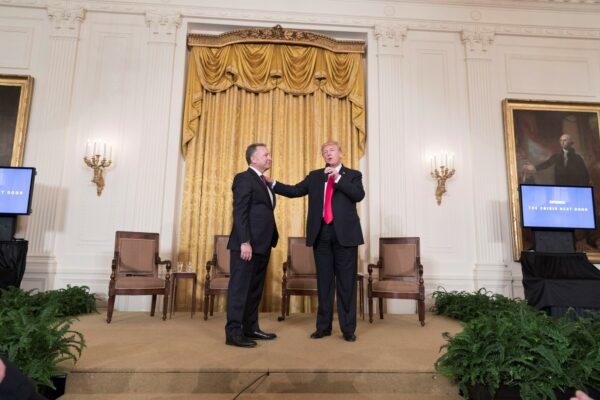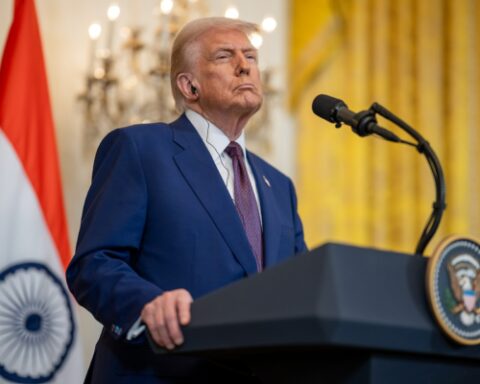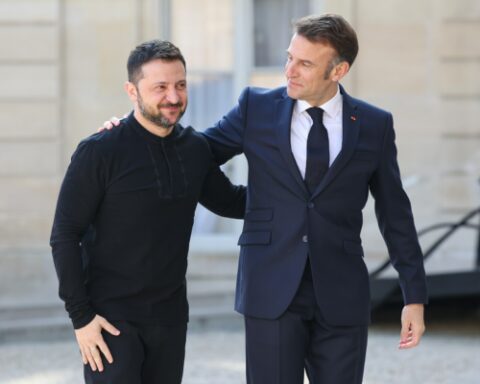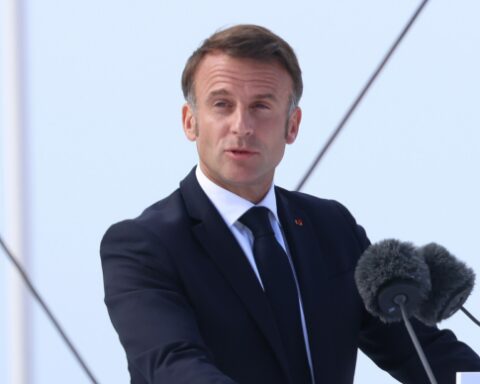In a clear rebuke to Hamas’s role in prolonging the war in Gaza, U.S. Middle East peace envoy Steve Witkoff announced Thursday that the Trump administration is recalling its negotiating team from Doha, Qatar, for consultations, citing the militant group’s “lack of desire to reach a ceasefire.”
“While the mediators have made a great effort, Hamas does not appear to be coordinated or acting in good faith,” Witkoff posted on X. “We will now consider alternative options to bring the hostages home and try to create a more stable environment for the people of Gaza.”
Though Witkoff did not elaborate on those alternative measures, the message was unmistakable: The United States is running out of patience with Hamas, a U.S.-designated terrorist organization, which continues to prioritize political demands and tactical leverage over meaningful humanitarian progress.
Israel’s government, which has been pursuing the release of hostages taken in the October 7 attacks, also withdrew its team from the Qatar negotiations, in a coordinated response reflecting growing frustration with the talks’ stagnation.
Despite reports that Hamas had softened its stance—reportedly dropping demands for a permanent ceasefire in favor of two 60-day truces—the group continues to undermine any chance of a workable resolution.
One of Hamas’s key proposals involved trading 10 living hostages and the remains of 18 others for the release of Palestinian prisoners. While the deal might look like progress on paper, U.S. and Israeli officials remain skeptical of the group’s sincerity and intentions.
Further complicating matters, Hamas reportedly proposed laying down arms under international supervision—but only after a long-term truce is in place, raising concerns about verification and long-term stability.
Meanwhile, Egypt and others are exploring the possibility of relocating some Hamas leaders from Gaza, though Cairo has requested further security guarantees from Israel to move that process forward.
One key sticking point remains the so-called Philadelphi corridor—a narrow strip between Gaza and Egypt. Talks have stalled over how much of a buffer Israel should maintain there.
Another contentious issue is the distribution of humanitarian aid. Hamas has demanded that the U.N. and Red Crescent take over all food distribution, sidelining the U.S.-Israeli-backed Gaza Humanitarian Foundation (GHF).
The move would give Hamas more room to exert influence through international proxies—something Israel and the U.S. have strongly resisted.
Violence has surged at GHF distribution sites, as desperate civilians rush for aid. According to the U.N., 674 people have been killed near aid convoys and food sites since mid-July, and over 200 more have died in chaotic scenes along convoy routes.
These tragedies underscore the instability and danger that Hamas has helped to create, often turning food and aid into tools of political control.
Tammy Bruce, a State Department spokesperson, defended the GHF’s mission, saying it has “removed the power and the influence of Hamas financially and with using aid and food as a weapon itself to control people.”
Despite international criticism, including a joint statement from 28 countries condemning Israel’s aid model as “dangerous,” the Israeli Foreign Ministry fired back, calling the remarks “disconnected from reality and [sending] the wrong message to Hamas.”
With famine threatening 93% of Gaza’s population—approximately 1.95 million people—the urgency for resolution is high. But until Hamas shows a genuine willingness to negotiate in good faith and relinquish its grip on Gaza’s civilian infrastructure, peace remains elusive.
[READ MORE: Trump Signals Support for Israeli Action as Hamas Talks Collapse]








